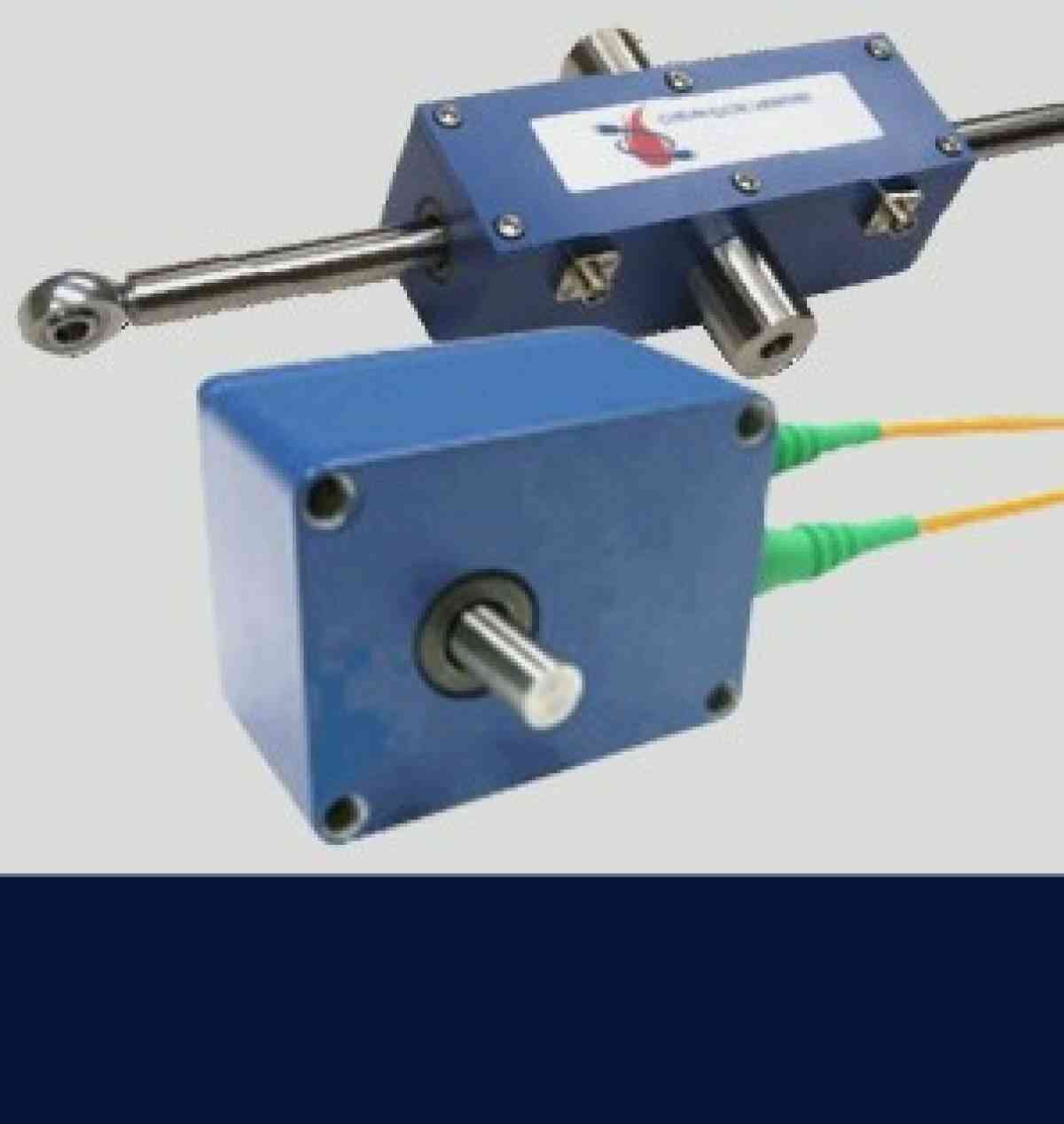Maximize Your Sensing With Fbg Pressure Sensors
- - Category: Electronics
- - 20 Jun, 2023
- - Views: 216
- Save

Discover how FBG pressure sensors can enhance your sensing capabilities. Learn how to maximize potential.
Are you looking to take your sensing capabilities to the next level? If so, you need to explore the world of FBG pressure sensors. These cutting-edge sensors offer a range of benefits that can vastly improve your sensing accuracy and efficiency. In this blog post, we'll delve into the world of FBG pressure sensors and show you how they can help you maximize your sensing capabilities. Whether you're a seasoned sensor expert or just getting started, this post is a must-read for anyone looking to stay ahead of the curve in the field of FBG temperature sensors. So, let's get started!
Introduction to FBG Pressure Sensors: What They Are and How They Work
FBG pressure sensors are an innovative and sophisticated form of sensing technology used to measure pressure with high accuracy in various applications. They use optical fibers, rather than traditional metallic strain gauges, to detect changes in pressure. These optical fibers contain a periodic grating of refractive index that reflects certain wavelengths of light while allowing others to pass through. When the fiber is subjected to pressure or stress, it will change its length slightly and modify the frequency of reflected light.
One significant advantage of FBG pressure sensors over conventional sensing technologies is their resistance to electromagnetic interference (EMI), as they transmit data via light signals instead of electrical signals. Additionally, FBG sensors have a highly stable measurement output over time, making them ideal for long-term monitoring.
FBG sensors are becoming increasingly popular in industries such as aerospace, automotive engineering, civil engineering, and oil and gas due to their ability to withstand harsh environmental conditions without affecting performance.
What Does Fiber Bragg Grating Mean?
Fiber Bragg Grating (FBG) is a type of optical fiber that is used in FBG pressure sensors. It consists of a periodic variation in the refractive index of the fiber core, which acts as a wavelength-specific reflector. When light is transmitted through the fiber, some of it is reflected back at the FBG due to this periodic variation. The reflected light has a wavelength that depends on the spacing between the refractive index variations, which in turn depends on the applied pressure.
FBG pressure sensors use this principle to measure pressure by detecting changes in the reflected wavelength of light. As pressure is applied to the sensor, it causes a strain in the fiber, which changes the spacing between the refractive index variations and thus changes the reflected wavelength. This change in wavelength can be measured and correlated to pressure.
FBG pressure sensors offer several advantages over traditional pressure sensors, including high accuracy, stability, and reliability. They are also immune to electromagnetic interference and can operate in harsh environments.
Benefits of Using FBG Pressure Sensors for Temperature Sensing
FBG pressure sensors offer several benefits for temperature sensing. Firstly, they are highly accurate and can measure temperature changes with great precision. Secondly, they are immune to electromagnetic interference, making them ideal for use in harsh environments where other sensors may fail. Additionally, FBG pressure sensors have a fast response time and can provide real-time data on temperature changes. This makes them useful in applications where quick detection of temperature changes is critical. Another advantage of FBG pressure sensors is their durability. They are made from materials that can withstand high temperatures and pressures, making them suitable for use in extreme conditions. Finally, FBG pressure sensors are easy to install and maintain, which reduces downtime and maintenance costs. Overall, the use of FBG pressure sensors for temperature sensing offers several advantages over traditional sensors and can help improve the efficiency and reliability of industrial processes.

